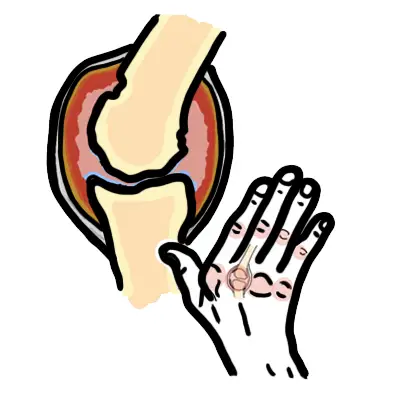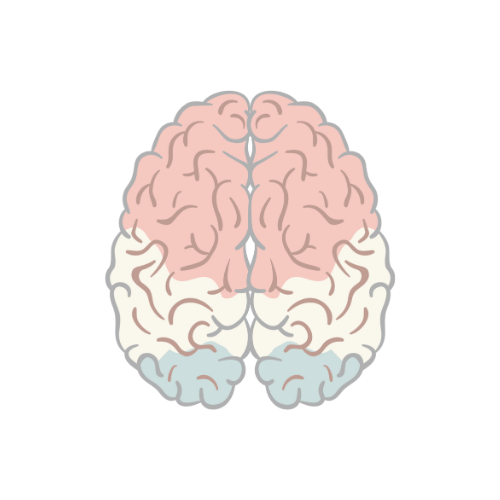Overview
Giant cell arteritis affects medium and large arteries and can result in blindness. Giant Cell arteritis is common in the elderly. Consider Takayasu’s arteritis if under 55yo. It is associated with polymyalgia rheumatica in 50% of cases.
| Remember Giant cell arteritis, the most common type of vasculitis in adults, affects medium and large arteries and can result in blindness. |
Giant cell arteritis does not always involve the temporal artery and can affect other medium and large arteries including the aorta.
| Definition Giant cell arteritis: Systemic inflammatory vasculitis of unknown aetiology that occurs in older persons Polymyalgia rheumatica: Commonest inflammatory rheumatic disorder affecting older people. Patients typically present with bilateral shoulder pain, morning stiffness, raised inflammatory markers, and have a rapid response to low-dose corticosteroids Takayasu’s arteritis: chronic granulomatous vasculitis affecting large arteries: primarily the aorta and its main branches. |
Clinical Manifestation
Clinical Presentation
- Headache (85%)
- Jaw or tongue claudication, defined as pain or weakness in the muscles of mastication that begins just after the onset of chewing and is relieved by rest, occurs with giant cell arteritis
- Fatigue
- Fever
- Weight loss
- Anorexia
- Polymyalgia rheumatica (50% of cases)
- Visual disturbance
- Visual loss
- Peripheral neuropathy
- Cough
| Remember Jaw claudication and visual symptoms are ischemic warning signs. |
| Polymyalgia rheumatica Commonest inflammatory rheumatic disorder affecting older people. Patients typically present with bilateral shoulder pain, morning stiffness, raised inflammatory markers, and have a rapid response to low-dose corticosteroids. |
Diagnosis
- Infections
- Malignancy (especially myelodysplasia)
Investigations
- ESR
- CRP
- Vascular imaging
- Temporal artery biopsy
- Ultrasound of temporal artery ‘halo sign’
Diagnosis
- Age >50 years (peaks 75yo)
- New onset of localised headache
- ESR ≥50 mm/hr
- Temporal artery tenderness or decreased temporal artery pulse
- Positive temporal artery biopsy
| Remember Imperative to obtain adequate temporal artery biopsy (>2cm) because GCA presents as skip lesions. |
| Side note ESR maybe normal initially. |
Treatment
Management
- Prednisolone high dose
- Antiplatelet therapy – decreases cranial ishcaemic complications
- Proton pump inhibitors
- Bisphosphanates, calcium and Vitamin D – bone protection
- Review
| Remember If you suspect GCA do ESR and start prednisolone immediately without waiting biopsy results! |
Complications and Prognosis
Prognosis
- Typically a 2 year course, then complete remission.
- Decrease steroid dose when symptoms go, increase if ESR increases
| Side note GCA and PMR are among the most common inflammatory rheumatic diseases in the elderly; the prevalence of these diseases is expected to increase due to ageing of the population. |





Discussion